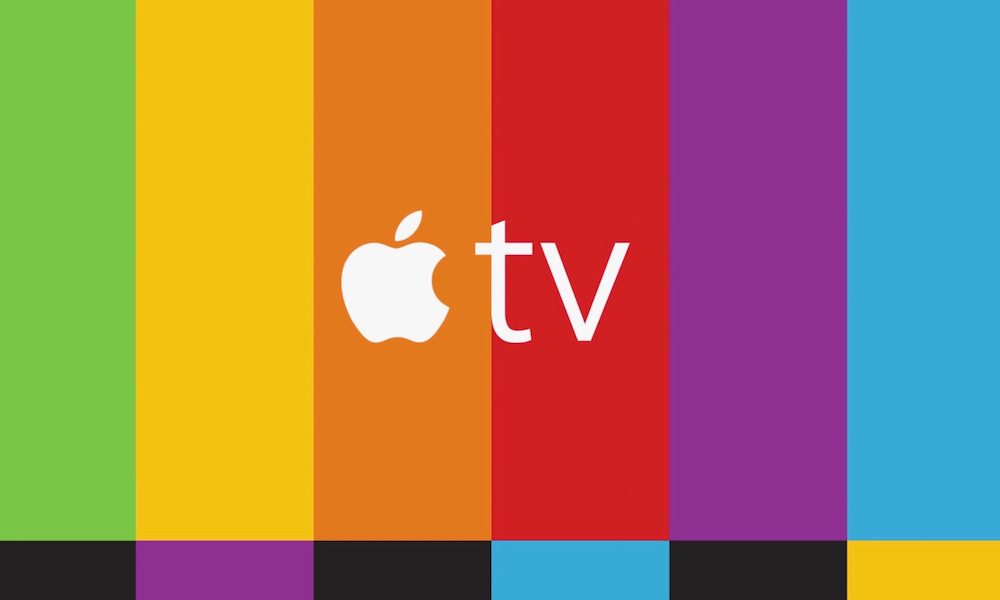Why Apple’s ‘Prime Bundle’ Video Service Is Crucial to Its Services Portfolio
 Credit: Apple
Credit: Apple
Toggle Dark Mode
While many would argue that Apple’s iPhone sales are still going strong, there’s no doubt that the company has been trying to diversify by expanding it services business to create streams of additional revenue. Whether it’s iCloud and Apple Music subscriptions, or new upcoming services like news and video, the ability to gain customers who are willing to hand the company money on an ongoing basis is always a boon for investors who prefer to see nice, steady balance sheets.
According to analysts at Goldman Sachs, however, it would appear that one of the biggest slices of Apple’s services pie is still coming from an unlikely source — its agreement to place Google as the default search engine on its devices. A report by CNBC estimates that the $9.5 billion in “traffic acquisition costs” (TAC) that Google paid Apple actually comprise 20 percent of Apple’s revenue and a third of Apple’s profit in its “Services” category. This is similar to the revenue Apple makes from its cut of App Store sales, but eclipses the revenue from other sources such as iCloud and Apple Music.
According to Goldman Sachs, however, Apple won’t be able to count on this revenue in the long term, with the “the share of the segment that comes from Google decelerating.” The firm says the TAC fees from Google are still expected to make up a large portion of Apple’s services revenue in 2019, but are going to grow more slowly over time.
Apple will need to add mid to high single digits growth back to Services revenues through successful launch of the ‘Apple Prime’ bundle including original video that we expect to be rolled out this Spring/Summer.
Goldman Sachs
Of course, the suggestion Goldman Sachs gives for fixing this isn’t exactly a revelation. According to the firm, the successful launch of what it’s calling the “Apple Prime” bundle will be necessary for Apple to make up the difference in the revenue that it will gradually be losing from its search deal with Google.
Since nobody is quite sure yet what form Apple’s video streaming service is going to take, it’s also unclear what the firm means by a “successful launch.” Reports have suggested an Apple streaming service is coming this spring and will possibly offer at least some of its original content for free to Apple device owners, while offering premium subscription content from services such as HBO for a monthly fee. However, launching a financially successful video streaming service may be an uphill battle; a recent analysis by The Information notes that Netflix is still losing money, with a shortfall of $3 billion last year after it covered its $12 billion in programming costs plus other operating and marketing costs, and is skeptical that other up and coming streaming providers such as Disney will be able to fare much better in a complex television industry.
In an interview with CNBC, Goldman’s Rod Hall notes that Apple’s “got a little bit of work cut out for them in services in 2019.” Hall notes that services growth was 26 percent in 2018, but that it’s predicted to be slowing to 16 percent in 2019, and therefore Apple needs to look at what they can do to keep that rate from continuing to decelerate. Hall also added that this is particularly important since the iPhone replacement cycle now seems to be expanding to four years, and therefore the focus on Apple is going to “rotate heavily toward the services line.”
The analyst also added that the App Store also makes up a quarter of Apple’s services revenue, and is similar in profit splits to the TAC revenue from Google, however with the installed base of iPhones now stabilizing, the growth rate of the App Store is also expected to slow down over time.
What Apple needs to do is roll out a new services package, or maybe a bundled package, that’s really going to drive penetration in that installed base up. We think that their installed base penetration today is just over 10%, maybe 12% if you look at iCloud Storage and Music in terms of how many people have adopted things they really pay Apple for. So they really need some kind of bundle, some kind of a service package, that moves the number up.
Rod Hall, Goldman Sachs analyst
Goldman’s Hall concludes the interview by saying that currently only around 10–12 percent of iPhone users are paying Apple recurring subscription fees for services such as iCloud and Apple Music, and that Apple needs to create a package that will drive those numbers much higher. Recent moves by Apple also clearly indicate that the company is trying to go beyond its installed base by opening up its services, bringing Apple Music to Amazon Alexa speakers late last year and offering iTunes movies and TV shows on Samsung’s Smart TVs. These moves promise the possibility that Apple will be able to generate services revenue from a much wider range of users, and while it’s likely that the company still hopes for a kind of “halo effect” that could prompt hardware purchases, this seems likely to be a secondary consideration to simply making sure that its services are available to as many potential customers as possible without requiring them to make bigger investments in the Apple hardware ecosystem.






